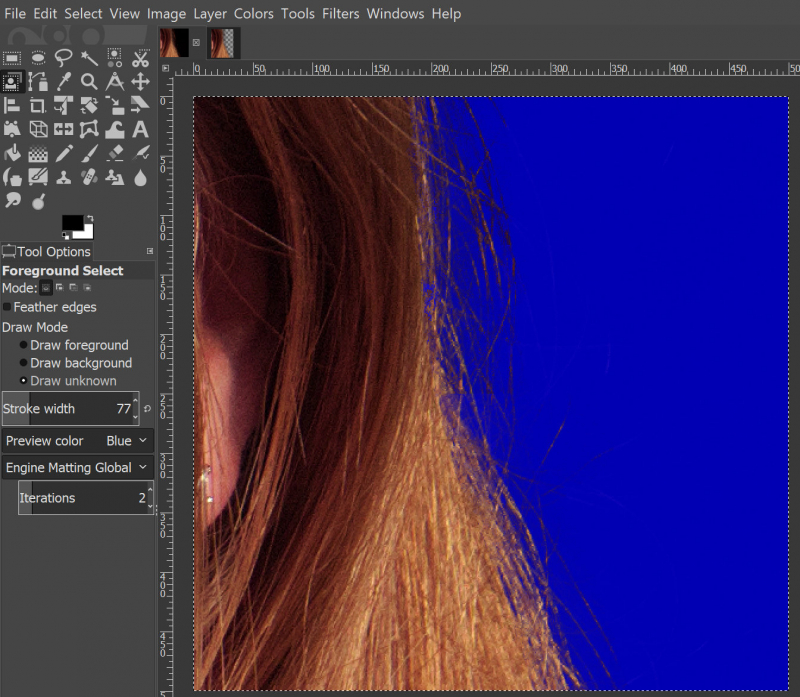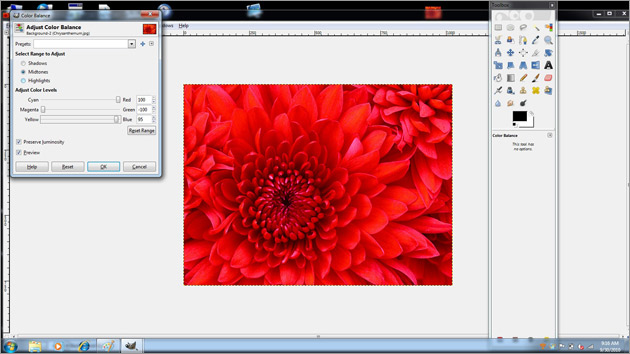
Many cameras let you take both Raw and JPEG images. This includes colour and light information. It includes all the information your sensor collected from a scene.

What is a Raw Image?Ī Raw image is an uncompressed photo. But the program does not open Raw file-formats, including DNG files, though it will open HEIC files created by your iPhone. GIMP opens many types of files including TIFF, PSD, PNG, JPEG. Once you get used to it, you will find GIMP a powerful photo editing program. Many popular Photoshop adjustments and filters are in the drop-down menus. The right-hand column includes brush characteristics and a Layers panel. Many of these tools are similar to those found in Photoshop. Photo editing tools are in the upper left-hand corner. But the workspace layout will feel familiar to Photoshop users. The interface is less polished than a program like Adobe Photoshop. I also used the Windows 2.10.24 version for comparison. For this article, I used the IOS version 2.10.22. The program is available for Windows, IOS, and Linux systems.
It also means developers around the world are continually updating it. GIMP is an open-source photo editing program. Let’s start with a quick overview of GIMP. We will also look at alternative ways to open these files using another free photo editing program, Darktable. In this article, we will show you how to open Raw images in GIMP using a plug-in called RawTherapee. You may wonder why you are using a paid program when GIMP gives you all you need.īut one major limitation of GIMP is the inability to open Raw images. GIMP is a free photo editing program similar to Adobe Photoshop. Note: While JPEG is useful for most purposes, if you wish to perform further edits in a raster editor like GIMP or Krita, it is normally better to export in TIFF format.Related course:Fantastic Photo Adventures

Choose a “file format” of JPEG and keep the default settings.Ĭlick the “export” button to save your processed images in the selected location. Select which images to export (if you are in the lighttable view), open the export module, set target storage to “file on disk” and select a location to save your images – by default, they will be exported to a “darktable_exported” directory within the directory that contains your Raw file(s). You can either export the currently-edited image directly from the darkroom view or select one or more images from the lighttable view and export them all at once. The export module offers many options, but by far the most common use is to “save a developed raw image as a JPEG”.

You therefore need to export images in order to bake your edits into an output file that can be distributed outside of darktable. Darktable is a non-destructive editor, which means that all changes are recorded in the library database (with a backup stored in an XMP sidecar file), and the original Raw file is left untouched.


 0 kommentar(er)
0 kommentar(er)
